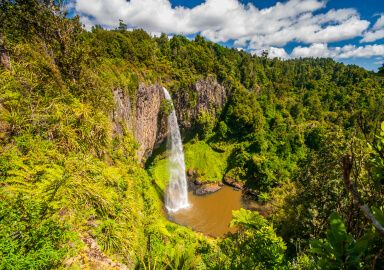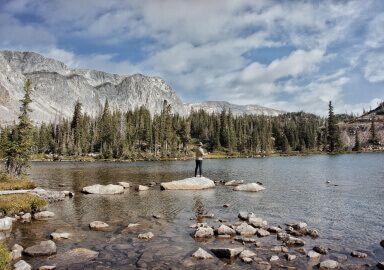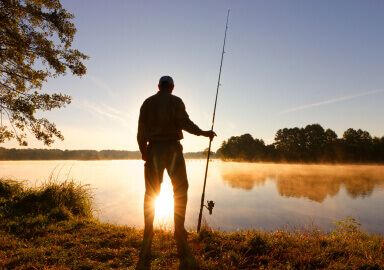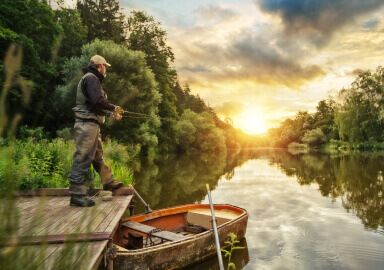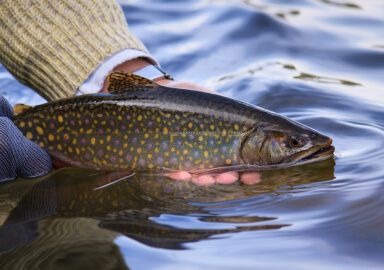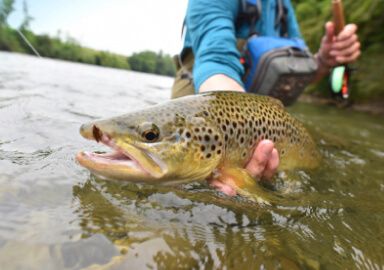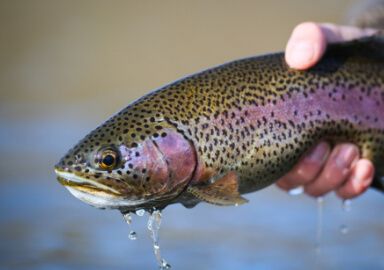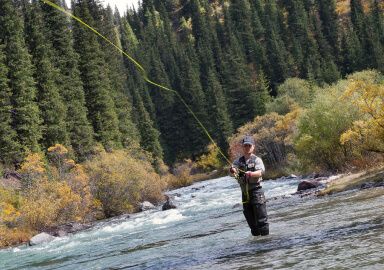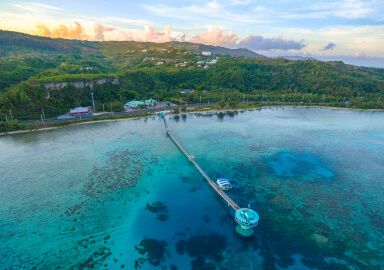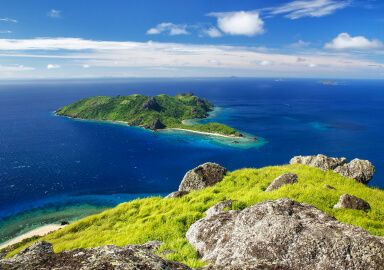Fishing in New Zealand
One of the most remote places on the planet, New Zealand offers uncompromising offshore and fly fishing experience.
View 10 listings
10
listings
–
price starting from
14
fish species
–
to the nearest trip
About New Zealand
New Zealand is an island nation. The two major islands, the remote and picturesque South Island, and the more developed and densely populated North Island, are surrounded by numerous smaller ones. And wherever you cast your eye, there’s fish waiting for you to cast your fly or lure. Even the Hauraki Gulf, situated right next to the country’s biggest cities, offers excellent snapper and king mackerel fishing. Streams, rivers, lakes, and of course deep waters of the Pacific Ocean are home to vast numbers of some of the best game fish species in the world.
Fishing is regulated by the local Fish and Game Councils. You will need a fishing license, and mind that regulations differ between different parts of the country. While most waters are in public domain, some fresh- and saltwater fisheries are protected as natural refuges, and fishing there is not allowed. New Zealand strives to protect its environment, including from contamination by foreign microorganisms. For this reason, felt-soled waders are prohibited, and all outdoor-related gear brought into the country, up to lures and flies, must be clean and dry. Soiled gear will have to undergo mandatory cleaning procedure, which may take a few days - enough to ruin a fishing trip - so make sure everything you pack is surgery clean.
Fishing Types
New Zealand offers the second-to-none opportunities for the two types of fishing that top most anglers’ wish list. Backcountry fishing for trout and salmon on the pristine mountain streams of the South Island is an unforgettable adventure. And the deep ocean around the islands is irresistible for offshore fishing enthusiasts, who can pursue snapper and king mackerel from smaller charter boats or from the shore, or board a bigger charter and sail out on a quest for the greatest of the ocean giants. But wait, there’s more. Such a relatively small parcel of land surrounded by the Pacific Ocean does not naturally associate with lake fishing, but New Zealand has outstanding lakes as well. Lake Taupo is famous for brown and rainbow trout, and smaller mountain lakes in the wilderness of the South Island offer excellent fishing as well.
Targeted Fish Species
New Zealand has a few native species of freshwater fish, including kokopus, bullies, and eels, but most freshwater sport fishing is centered around salmon and trout. Introduced to the rivers and streams of New Zealand by fishing enthusiasts a century and a half ago, they found excellent habitat and thrive in the local rivers and lakes. Saltwater fauna, by contrast, is more varied. Snapper and king mackerel are some of the most popular neashore species among both local anglers and tourists. Another popular species, endemic to New Zealand, is the blue cod, a medium-sized (up to 60 cm, or 2’, in length) nearshore bottom dweller that is not really a true cod, but belongs instead to the sandperch family. And in the warmer months, from November to April, large numbers of marlin, tuna, and other deep sea species migrate to New Zealand’s shores, although you can catch an occasional big fish there at almost any time of the year.
Fishing Techniques
New Zealand offers a special challenge for a fly fishing enthusiast: the local trout and salmon are reputed to be undemanding to the flies you tie, but uncompromising to the way they are presented. Your technique is much more important than the choice of the fly. As mentioned above, New Zealand border guards may want to inspect your flies, and those that aren’t clean enough would be taken away for treatment. With this in mind, you might want to limit the number of lures you pack to a few basic types and sizes, or even trust the local produce. Bottom fishing and jigging are the choice options for blue cod, which is said to be not too picky and would grab any shellfish or cut fish bait, as well as metal or plastic jigs. Snapper can be caught from the shore, with the help of a particular local technique of casting live bait with no or very little weight and letting it sink to the bottom. Trolling is, of course, the method of choice for king mackerel and other big fish such as tuna, mahi mahi, and marlin.


